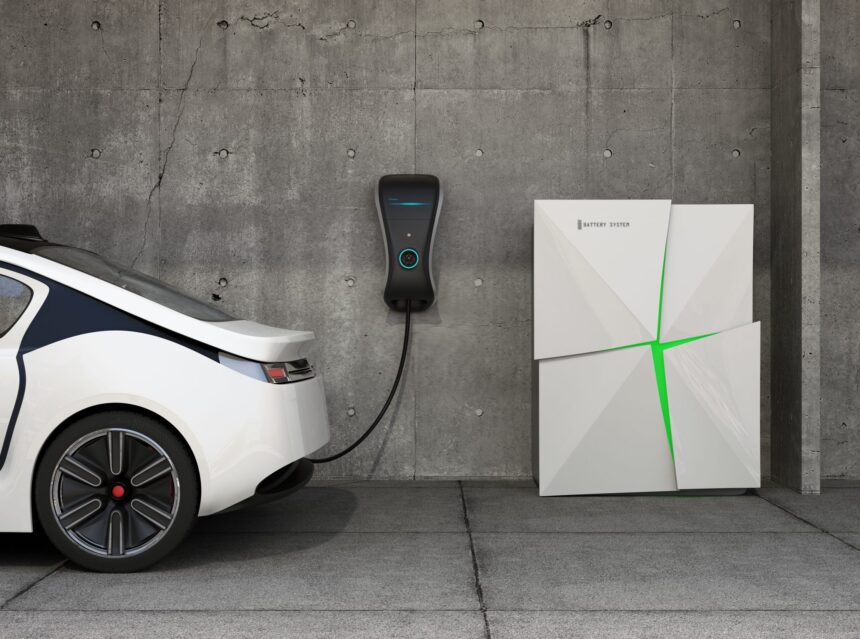Being able to have your electric cars charging station at home is one of the main advantages of owning one. By using a Level 2 (240-volt) home charging station, you can simply plug in your nearly empty electric vehicle in the evening. By the following morning, your battery will be completely full. Once you have this convenience, going to gas stations will never be the same for you.
Nevertheless, in order to enjoy the ease of owning an electric vehicle (EV), there is a considerable amount of initial work and potentially expensive costs involved. The process of installing electric cars charging station at home, much like other home renovation projects, can be difficult due to unforeseen financial burdens, lack of clear information, and unreliable contractors. However, this guide offers details to assist you in choosing the right home EV charger while guaranteeing a fair cost.
What is the cost of installing a home EV charger?
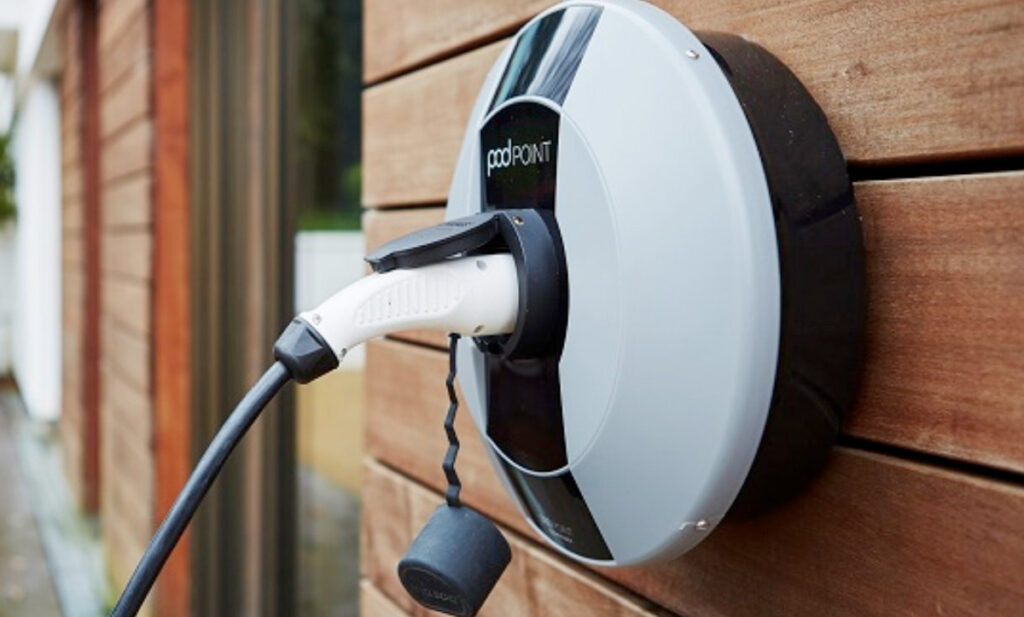
The average cost for American homeowners to buy and install a 240-volt charging station estimates to be between $1,150 and $2,750. Qmerit, a company that specializes in installing EV charging equipment across the country, suggests that a good home charger typically costs around $350 to $750. However, the installation itself can range from $800 to $2,000. The total price for this installation, which also covers permits, can vary depending on factors such as the location’s labor costs, charger power, distance between the electrical panel and charging station, and the complexity of the job.
Homeowners may be surprised to receive a quote that exceeds $5,000, or in more extreme cases, $10,000. There are a few common reasons for these higher estimates. For example, an older home may have an outdated electrical panel that cannot accommodate a new 240-volt circuit, or the panel may not have enough room for it. You have to add a few thousand dollars to install a larger breaker panel. The expenses become even greater if the service wires supplying electricity to the house cannot handle the additional amperage required for a charger, especially if these wires are underground. Replacing these wires involves getting in touch with the local utility, which can also prolong the project timeline by several months.
CEO of Qmerit said, around 20 to 30 percent of current home EV charger installations necessitate a panel upgrade or a load-management system. There are several money-saving alternatives that we will discuss further in this article.
What qualities should I consider when selecting an electric cars charging station at home?
We have compiled a list of features that should be taken into account by everyone:
- A cord that’s 20 feet or longer: Having a long cable provides you with versatility. You need a long cable that enables you to charge a vehicle parked outside. Additionally, a long cord ensures that your charging setup remains compatible with cars that may have different spot charging ports.
- Underwriters Laboratories (UL) or Intertek (ETL) certification: EV chargers that have undergone evaluation by these reliable and impartial safety organizations have qualified to confirm that they comply with safety standards in the industry. A lot of the least expensive charging stations for homes and portable charging cords avoid obtaining these certifications in order to maintain a lower cost. Given that a defective charger could result in costly repairs or, even worse, a fire in the house, we would not take the chance of utilizing an untested device.
- Wi-Fi connectivity: We believe that the majority of electric vehicle drivers do not need an internet-connected home charging station. However, there is a particular group of users who are interested in the data and control features provided by “smart” chargers. These chargers keep records of the energy consumed during each charging session and determine the cost of the electricity used.
- The right amount of power: The speed of charging the vehicle depends on the power output of the charging station measured in kilowatts. However, it is important to note that having more power and faster charging is not always advantageous. Keep reading to determine the ideal power capacity for your charging station.
How Many Kilowatts Do I Need to Build Home Electric Cars Charging Station?
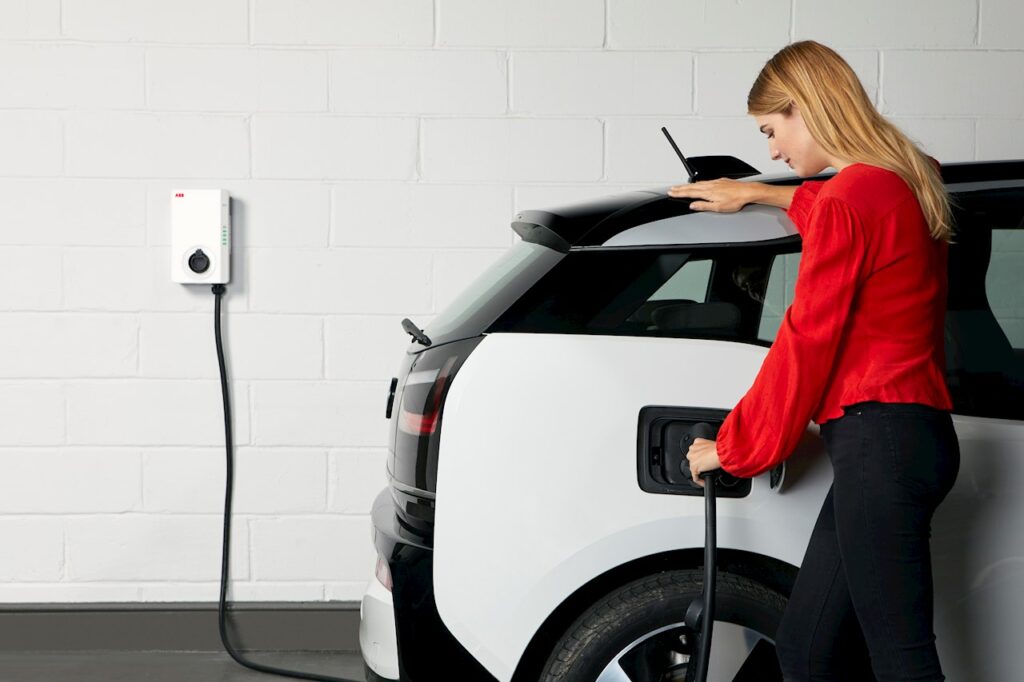
For the majority of drivers, we suggest using a 9.6 kilowatt charging capacity. This would give you an additional 29 miles of driving range per hour of charging for vehicles such as the Hyundai Ioniq 5, which is a midsize crossover SUV. In the case of the Ford F-150 Lightning, you would gain approximately 18 miles of range per hour. However, having an 11.5 kilowatt charging capacity would be advantageous, while 7.2 kilowatts would be the minimum acceptable level.
It is important to remember that when charging your electric vehicle at home, the speed at which it charges (and the power it requires) is not the most crucial factor. If you park your vehicle over the night, you should have no issue waking up to a fully charged battery.
It is important to find out the highest power your EV can accept for AC or Level 2 charging. The maximum power capacity can range from 6.6 to 19.2 kilowatts, with many EVs today typically limited to 11.5 kilowatts. However, larger electric trucks like the GMC Hummer EV and Ford F-150 Lightning can often charge at the highest power levels.
Afterward, consult with an electrician to assess the capabilities of your home and financial resources. The disparity between 9.6 and 11.5 kilowatts might not justify the expense of enhancing your electrical service or setting up a load-management system.
If you have enough money and your electrical system has enough capacity, you can choose a more powerful charger. You don’t need to be concerned about damaging your car by using a charging station that offers more power. The car and the charging station will communicate to ensure that the car only draws as its capacity.
What is the required amount of amps?
The process of calculating power in kilowatts involves simple mathematical steps. It entails multiplying the value of amps by volts and then dividing the result by 1,000. When performing this calculation for a typical American single-family home, the standard voltage used is usually 240 volts.
When verifying the work of an electrician, it is important to note that the circuit breaker for a charging station should be 125 percent higher than the amperage at which you will be charging. For instance, if you have a 9.6-kilowatt charger that operates at 240 volts and 40 amps, the charging unit should connect to a 50-amp breaker in your electrical panel.
What is better: Hardwire EV Charger or Installing a 240 Volt Plug?
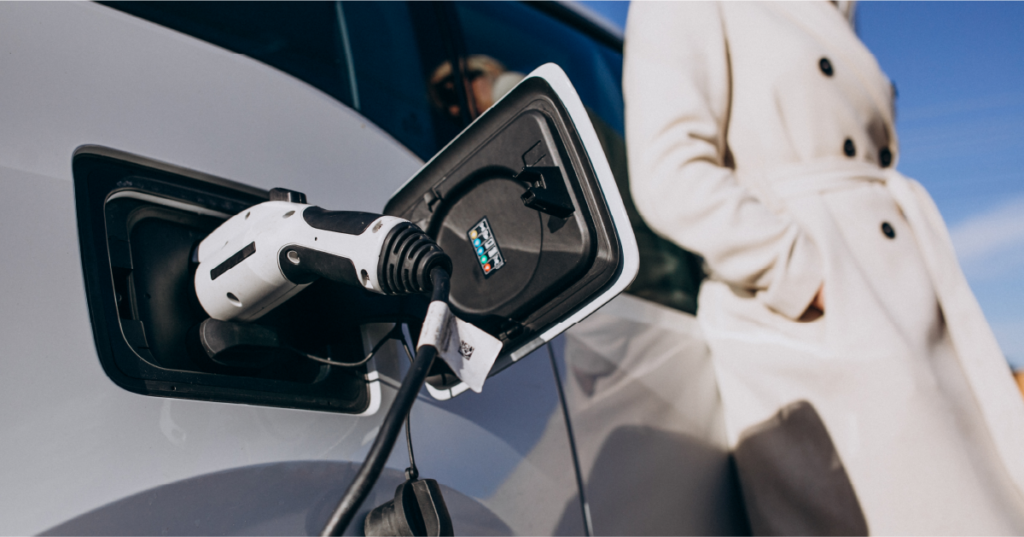
According to Qmerit, it is recommended to hardwire all wall chargers to avoid nuisance tripping. Nuisance tripping refers to when there is a sudden surge in the electrical system, causing UL- and ETL-certified Level 2 chargers to automatically shut off. However, local electrical codes require the use of a ground-fault circuit-interrupting (GFCI) breaker when installing a 240-volt outlet for charging electric vehicles (EVs). This means that there can be two GFCIs on the same circuit, which may cause the circuit breaker to unnecessarily cut off power. This can be quite frustrating if you wake up to find that your car hasn’t charged overnight.
If you choose to install a plug-in, Qmerit’s Price advises to ensure that the electrician uses a commercial-grade plug. This plug is for the intended use only, even though it may cost around $100 rather than $10.
According to Price, the outlets that are cheaper are not there to use for long periods of time. It is just 8 to 12 hours, which is often the case when charging an electric vehicle (EV). Additionally, these cheaper outlets are not durable enough to handle frequent plugging and unplugging of a charger. If the electrical connections become loose, it can lead to the accumulation of heat and potentially cause a fire. On the other hand, a charging station that is properly installed, whether it is hardwired or connected to a high-quality outlet, greatly decreases this risk.
Is it possible to charge my electric vehicle by connecting it to a regular 120-volt outlet?
Yes, it is possible to use a 120-volt cable as your primary electric cars charging station. However, it is only convenient if you have a relatively short daily commute of around 30 miles or less. You need to charge your vehicle frequently. Level 1 charging(120-volt) typically adds only three miles or less to your driving range for every hour of charging. Additionally, in extremely cold temperatures, the charging may only help maintain the initial charge you had when you first connected the cable.
You might be tempted to rely on a 120-volt outlet for your regular charging needs and only occasionally use public Level 2 and 3 charging stations. However, this approach has a few drawbacks. It can become inconvenient to schedule your week around a lengthy charging session at a Level 2 station. It can take anywhere from four to 10 hours. While using DC fast chargers can reduce your waiting time. They can be three times more expensive than charging at home. If you use these high-power stations frequently can negatively impact the long-term health of your battery.
Additional Suggestions for Installing Home Electric Cars Charging Station at Home
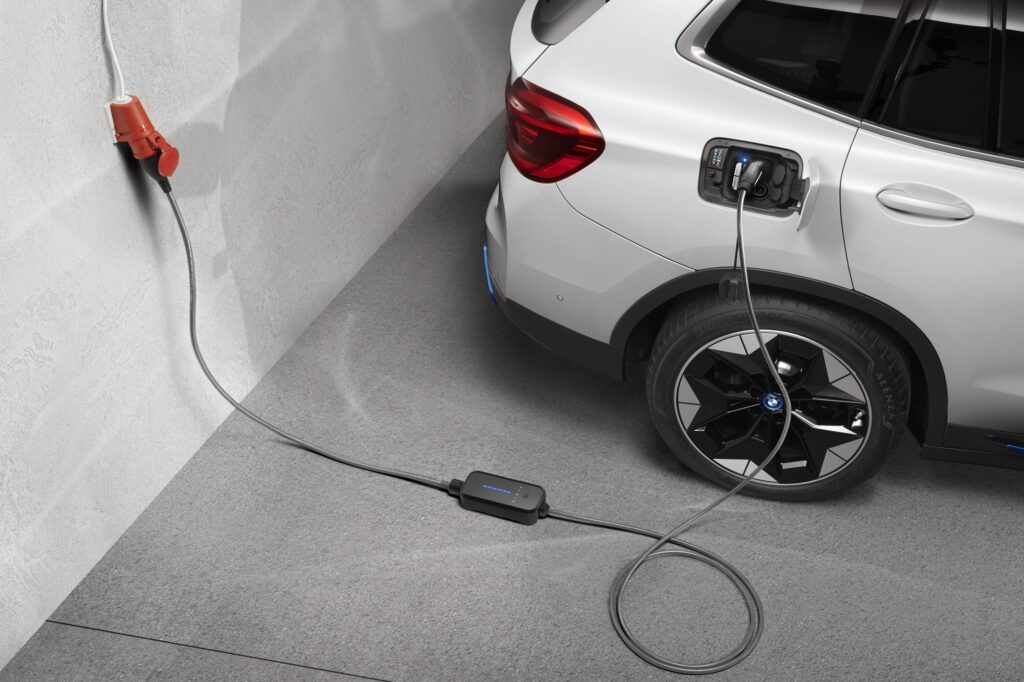
If you are certain that you will purchase an electric vehicle (EV) soon, it is advisable to begin the process of installing a charger even before you receive your new car. Typically, it can take around four to eight weeks from the time you initially reach out to an electrician until the installation is completed.
Nevertheless, it is crucial to note that specific car producers might provide a charging facility or a monetary reimbursement that can be utilized for the setup of one upon purchasing an electric vehicle. In these instances, it may be necessary to delay the commencement of the installation procedure until all the required paperwork is ready and signed.
You need to know if your state, city, or utility provider offers any discounts, or tax deductions for buying or setting up a home EV charging station. In some regions, it is feasible to recoup the entire cost of both the charging unit and its installation.
Understanding your electric utility’s rate plan is crucial. When you add an electric vehicle (EV) to your fleet, your electricity bill will go up regardless. However, if you are on a time-of-use plan, charging your car at the wrong time of day could double the charging cost.

